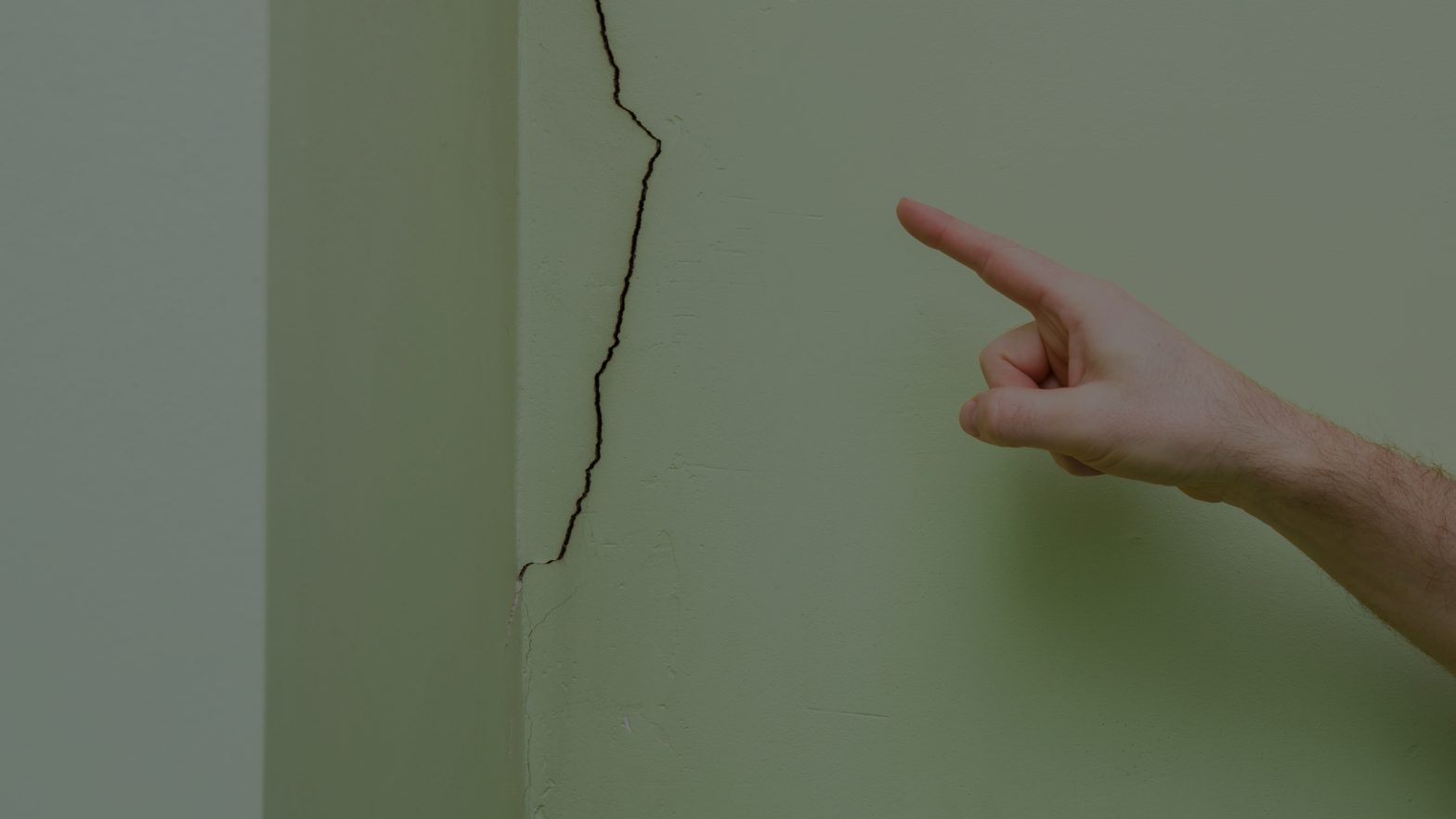All You Need To Know About Yield Up Clauses

When you enter into a commercial lease it is important to understand what is meant by the term ‘yielding up’ and the implications of non-compliance. An obligation to ‘yield up’ refers to the process of leaving the premises and the state of repair of the building upon leaving.
What is a Yield Up Clause?
When a commercial lease ends, the Landlord can be left with a property in disrepair. If the disrepair is significant the Landlord will lose rental income whilst remedial work is undertaken. It is normal to include an express ‘yield up’ clause in the commercial lease to make it clear what is expected of a Tenant as regards repairs, decoration, and removal of alterations and signage at the end of the term.
An express provision will often give the Landlord the right to claim loss of rental income during any period that it is unable to re-let the property as a result of the Tenant’s breach of these obligations. It may also give the Landlord the right to dispose of any of the Tenant’s belongings that have been left at the premises (more on this below).
What is the Tenant’s repairing obligations under a yield up clause?
Your repair and decoration obligations will be defined by the commercial lease. Unless the repair obligation is expressly limited (e.g. by reference to a photographic schedule agreed before occupation) you could be required to put the property into a better state of repair than it was at the start of the lease. If this obligation falls on you it means you have a Full Repairing and Insurance Lease (FRI). To ensure you are not caught by surprise by such an onerous commitment, always have your commercial lease agreement reviewed by a Solicitor before you sign.
Does a tenant have to remove alterations to comply with a yield up clause?
The extent of your obligation to remove alterations will also be defined by the lease agreement and/or any subsequent licences to alter or conduct works.
If the lease agreement does not contain an express ‘reinstatement clause you may be entitled to leave all items that have become part of the building including demountable partitioning. At the other extreme, there could be a clause requiring you to remove all alterations and additions which could be costly.
You may not be required to remove an alteration if:
- the work was required to comply with legislation, for example, the Disciplinary Discriminatory Act 2005 or the Health and Safety At Work etc Act 1974
- you know your landlord intends to redevelop the premises at the end of the term
- the landlord is happy to re-let the premises with the alterations in place.
What is the difference between chattels and fixtures, and do I have to remove them when yielding up?
We are often asked by clients about their responsibilities regarding chattels and fixtures. Chattels are things that are unattached to the premises, regardless of size and weight. In Peel Land and Property (Ports No.3) Ltd v TS Sheerness Steel Ltd [2013] EWHC 1658 (Ch), the High Court held that a regulator weighing 50 tonnes and two transformers each weighing 100 tonnes were chattels as they rested on their own weight and were not annexed to the land.
As a Tenant, you will be expected to remove all chattels from the property at the end of your tenancy. Most lease agreements set out what the Landlord can do with any chattels you fail to remove.
Carpets are considered chattels and your lease agreement is likely to contain a clause stating these must be replaced at the end of the tenancy.
When deciding whether a chattel has become a fixture, the two key questions are:
- Is the item annexed to the land and if so, by what method and how firmly?
- What was the reason behind bringing the item to the property and annexing it to the land?
Unfortunately, case law is inconsistent on this issue; however, the following principles have been established:
- If the item is fixed to the land it is assumed to be a fixture and it is for the landlord to prove otherwise (in legal terms this is referred to as a rebuttable presumption).
- The Court will look at the item as a whole when considering whether or not it is attached.
- If trade equipment is annexed to the wall by the tenant to allow it to be operated, that equipment will be regarded as a fixture. However, in Botham v TSB Bank plc [1996] EG 149, CA, this principle was not applied to white goods (domestic items).
- If something is not attached to the land it will nevertheless be regarded as a fixture if:
- it cannot be moved to another location, or
- the purpose of the item being placed on the land is to improve the land.
- The subjective intention of the landlord and tenant is irrelevant.
Items that are attached to the premises for the purpose of you being able to carry out your business and can be removed without causing considerable damage to the property or land are known as ‘tenants’ fixtures. These can be removed during the tenancy but not after it ends.
What if a Tenant is in breach of the yielding up provisions?
If your landlord decides that you have breached the yielding up covenant it can sue for breach of covenant. If the breach relates to repairs not being carried out a schedule of dilapidations along with details of the breach must be provided to you.
The amount of damages that may be awarded to the landlord is a complex matter and beyond the scope of this article. However, as a loose guideline, the measure of damages for breach of a covenant to keep or put or leave a commercial property in repair is the reasonable cost of doing the works plus loss of rent for the period until the works have been completed. The Landlord and Tenant Act 1927, section 18 caps the amount of damages that can be recovered.
In summary
The covenant of yielding up at the end of a commercial lease places significant responsibility on you as the Tenant and as illustrated above, matters such as whether an item is a chattel or a fixture and your repair obligations are ripe grounds for disputes. If you are unsure about your duties and responsibilities regarding yielding up or a dispute has developed, contact a Commercial Property Solicitor for expert legal advice.
If you require advice and representation on any commercial property matter, please call us on 02476 231000 or email enquiries@askewslegal.co.









